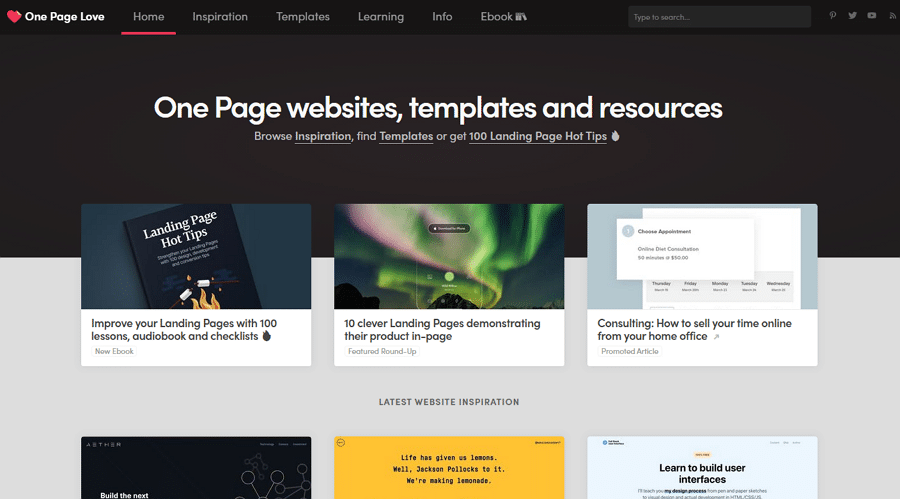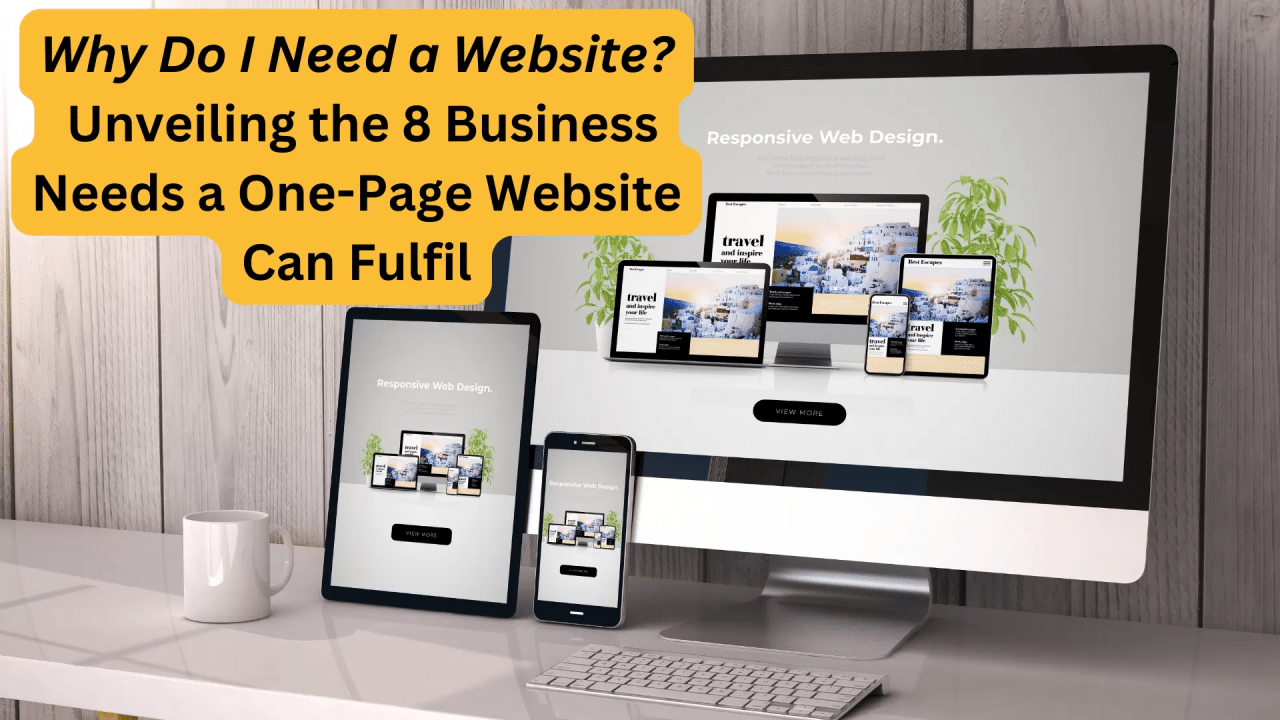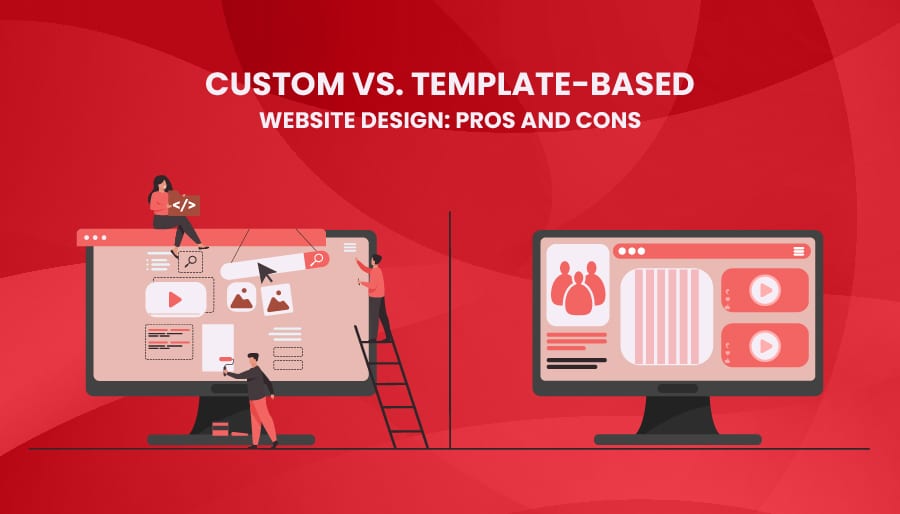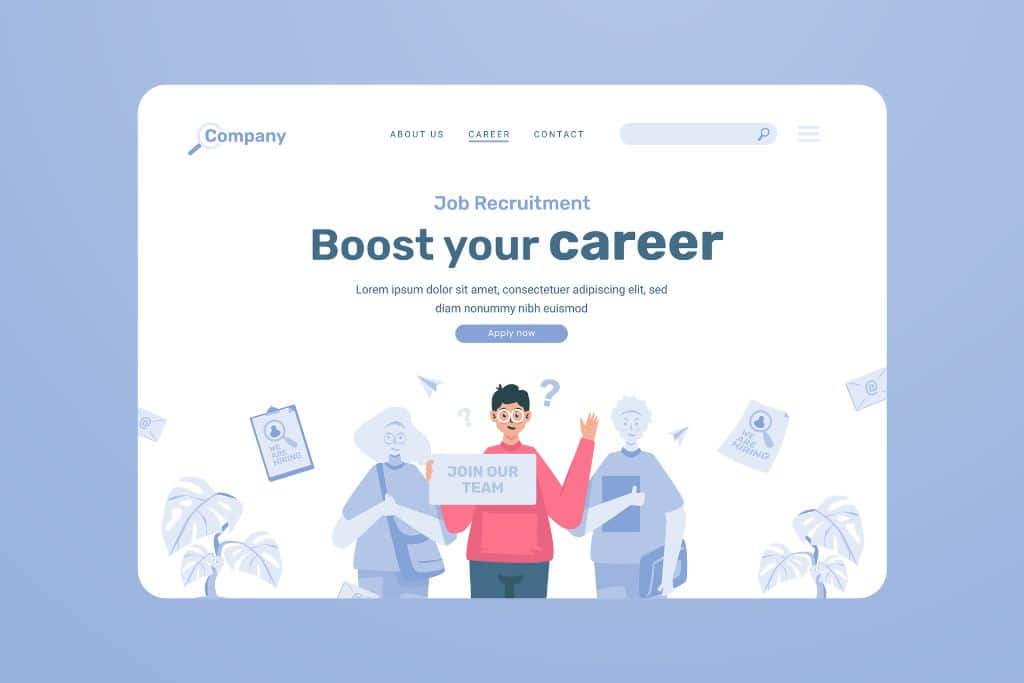Introduction
As a web designer or a creative professional, one of the trickiest parts of starting a new project is the blank canvas—and the dreaded creative block. You know you want something fresh, modern, user‑friendly, and aligned with your brand, but where do you look for ideas that aren’t overdone or stale?
That’s where free resources for website design inspiration come in. The right inspiration sites, galleries, and toolkits can jumpstart your thinking, help you spot emerging trends, and refine your visual direction before you even draft your first wireframe.
In this post, I’ll walk you through my recommended free resources (web galleries, design communities, UI pattern libraries, etc.), then show you a step-by-step method to use them effectively. I’ll close with a FAQ section to address common questions about usage, licensing, and creative process.
Why Use Free Inspiration Resources?
Before jumping in, a few quick reasons why free inspiration sites are so valuable:
-
Cost‑effective: You don’t need to pay for mood boards, subscriptions, or trend reports just to get ideas.
-
Accessible variety: Many galleries aggregate work from across industries, so you see styles you might not have otherwise encountered.
-
Trend signal: You’ll spot repeating motifs, UI transitions, color palettes, microinteractions, etc., which help keep your work contemporary.
-
Efficiency: Instead of aimlessly browsing social media, you can go straight to curated collections and filter by style, layout, or component.
That said, inspiration is just the first step—you still need to adapt, localize, and put your own spin on ideas.
Top Free Resources for Website Design Inspiration
Here’s a curated list of excellent free resources (and what makes each one useful). Use this as your go-to toolkit for design ideation.
| Resource | What It Offers | Why It’s Useful |
|---|---|---|
| Web Design Inspiration | A gallery of carefully selected website examples, updated daily. webdesign-inspiration.com | Simple interface to browse by industry, style, or layout |
| Awwwards | Awarded websites from around the world, judged on design, usability, creativity. Adham Dannaway+2Codeless+2 | High‑quality, cutting-edge designs you wouldn’t easily find otherwise |
| Behance | Designer portfolios, full projects, case studies | See real project workflows and how designers think |
| Dribbble | Shots of UI elements, landing pages, microinteractions | Great for spotting visual trends, components, and micro styles |
| Httpster | Hand‑picked, creative site gallery (minimalist, typographic, etc.) httpster.net | Good for finding nonconventional layouts |
| Sitespo | Web design inspiration + free Framer templates | Helps you see both inspiration and actual downloadable starting points sitespo.com |
| Muzli | A real‑time feed of design inspiration directly in your browser | Constantly fresh ideas without needing to hunt for them |
| Fountn (Design Resources) | A directory of resources (UI galleries, pattern libraries, etc.) Fountn | One stop to explore many inspiration sub‑types |
| Mockplus | Free UI materials, design inspirations, wireframe samples Mockplus | Good for seeing usable UI assets and patterns |
| Freebie design resource sites (e.g. InspirationFeed’s “Design Freebie Websites”) | Free mockups, templates, PSDs, icons, etc. Inspirationfeed | Useful to reverse engineer designs or adapt components |
Besides these, always keep an eye on design blogs, community forums, and curated social media boards (Pinterest, Tumblr, etc.) to catch serendipitous finds.
Step‑by‑Step Guide: How to Use These Resources Effectively
Here’s a structured approach to going from “I need ideas” to “I have a clear direction”:
Step 1: Define Your Project Mood & Constraints
Before browsing endlessly, set some boundaries:
-
Audience / industry: Is this for SaaS, e‑commerce, a personal portfolio, non‑profit?
-
Brand personality: Minimal, bold, playful, corporate, organic?
-
Mandatory elements: e.g. navigation, hero section, gallery, blog, forms.
-
Technical constraints: CMS, responsive behavior, performance limits.
Having this context helps you filter inspirations meaningfully, not just follow random trends.
Step 2: Collect Broad Inspiration First (Mood Board Phase)
-
Browse Web Design Inspiration, Httpster, or Awwwards to gather full‑page visuals.
-
Use a tool like Milanote, Notion, Figma, or simply a folder of screenshots.
-
Collect 20–30 diverse examples you like (across style, color, layout). Don’t worry yet whether they match perfectly.
Step 3: Analyze & Categorize
For each design you collected, ask:
-
What layout pattern is this (hero + text + image, split screen, grid, etc.)?
-
What’s the visual hierarchy (size, weight, contrast)?
-
How is the navigation handled?
-
What microinteractions or animations exist?
-
What color palettes and typography choices?
Tag your screenshots (e.g. “split layout,” “dark background,” “bold type”) so you can filter later.
Step 4: Narrow Down & Extract Patterns
-
Pick 3–5 designs that resonate best with your project brief.
-
From those, identify components you like (hero section, footer, cards, forms).
-
Recreate simplified versions (in Figma, Sketch, etc.) to test what works and what doesn’t.
-
Mix and match components from different sources to assemble a composite direction.
Step 5: Build a Rough Prototype / Sketch
-
Use a wireframe or low-fidelity layout to place your chosen patterns.
-
Don’t worry about perfect visuals—focus on structure and flow.
-
Refer back to your inspiration set as you iterate.
Step 6: Refine & Validate
-
Add branding (colors, images, buttons).
-
Get feedback (team, clients, peers).
-
Compare your design back to high-quality inspirations. If something feels off, re-check your reference set.
Step 7: Maintain an Inspiration Habit
-
Keep your inspiration board alive—never stop browsing.
-
Regularly revisit sites like Awwwards or Muzli to see new trends.
-
Archive your favorite designs with tags so you can reuse for future projects.
SEO Tips (While Writing & Publishing)
Since your goal includes SEO, here’s how to weave it in naturally:
-
Use the keyword top free resources for website design inspiration once (in title or introduction).
-
Use variations like “free website design inspiration,” “free design resource galleries,” “free web inspiration tools.”
-
Use headers (H2, H3) to structure content—this helps readers and SEO bots.
-
Incorporate internal links (to your related posts) and outbound links (to the resources you mention) with natural anchor text.
-
Use descriptive alt text for images (if you include screenshots of inspiration).
-
Keep paragraphs relatively short (3–4 lines) to improve readability.
-
Consider including a downloadable “cheat sheet” or PDF summary to increase dwell time or downloads.
Frequently Asked Questions (FAQs)
Q1: Are there any licensing issues if I use inspiration sites directly?
No—these sites are for inspiration, not for copying wholesale. You can study layouts, color ideas, typography, but always create your own assets or use properly licensed resources. If a gallery gives you a downloadable template, check its license (Creative Commons, free for personal/commercial use, etc.).

Q2: Can I use components (buttons, icons) from inspiration sites?
Only if they offer those assets for free with a permissive license. Many inspiration galleries show live sites but do not provide assets. If you like a component, rebuild it yourself or source it from free UI kits or icon libraries (e.g. FontAwesome, The Noun Project, etc.).
Q3: How often should I update my inspiration board?
Ideally, weekly or bi‑weekly. New designs, trends, and UI patterns emerge rapidly. Using a tool like Muzli (which feeds into your browser) helps maintain a continuous stream of new ideas.
Q4: What if I get overwhelmed by too many ideas?
Limit yourself. After the broad collection (Step 2), narrow to 3–5 core inspirations. Use tagging and categorization to avoid “analysis paralysis.” Always tie back to your project constraints.
Q5: Can I use free blogs or social media as inspiration sources?
Absolutely. Platforms like Pinterest, Medium design blogs, designer portfolios, or even Instagram can yield gems. Just treat those as supplementary—your core inspiration should come from sites focused on full layouts or UI pattern libraries.
Conclusion
When you’re facing a blank page or seeking direction for your next web design, turning to the top free resources for website design inspiration is one of the smartest moves you can make. These curated galleries, design platforms, and UI directories let you see what’s working globally—without paying a dime.
Just remember: inspiration is fuel, not the blueprint. Use the step‑by‑step method above to collect, sift, extract, prototype, and refine. Over time, you’ll build your own visual language and reduce the time spent in the “creative drought” zone.
If you like, I can also format this into a downloadable PDF or a checklist for you—or suggest specific resources tailored to your niche (e.g. e‑commerce, SaaS). Do you want me to do that for you?





